15 Expert Tips Inspired by the Rise of Solo Female Backpackers
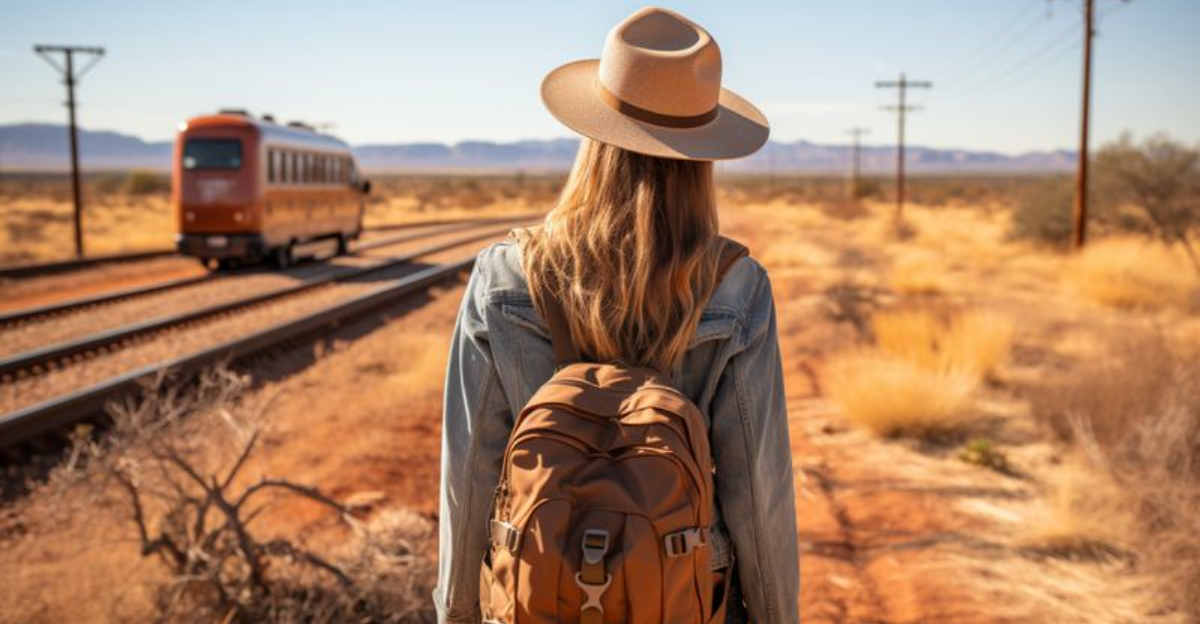
Gone are the days when solo travel was considered risky or unusual for women—today, it’s a global movement of empowerment, curiosity, and unforgettable discovery.
I’ve spoken with fearless female travelers who’ve climbed volcanoes, navigated bustling night markets, and found peace in remote villages. Their stories are packed with practical advice and heartfelt lessons that go way beyond guidebooks.
These tips aren’t just for women—they’re golden nuggets for anyone ready to step out of their comfort zone and see the world with open eyes. Curious about how to stay safe, connect with locals, or simply travel smarter?
1. Trust Your Gut Instincts

Your intuition is your most reliable travel companion. I’ve learned that those little warning bells in your head aren’t just paranoia – they’re your subconscious picking up on subtle cues that something isn’t right. Women travelers often develop this sixth sense through necessity.
If a situation, person, or location gives you uncomfortable vibes, don’t ignore it or worry about seeming rude. Simply remove yourself without explanation.
This applies everywhere from choosing accommodations to walking down streets or interacting with newfound friends. The more you practice listening to your intuition, the stronger this internal guidance system becomes.
2. Pack Light, Pack Smart

Heavy bags are the enemy of mobility and independence. Female backpackers have mastered the art of minimalist packing while still having everything they need.
Remember: you can buy most essentials anywhere in the world. Start with versatile clothing pieces that layer well and serve multiple purposes. My favorite hack is packing clothes that all match each other, creating more outfit combinations with fewer items.
Quick-dry fabrics, compression bags, and packing cubes help maximize space. The true freedom of solo travel comes when you can easily carry all your belongings without assistance – test this before leaving home!
3. Research Local Dress Codes

Understanding local clothing customs isn’t just about respect – it’s about safety and integration. In many countries, dressing appropriately helps you blend in rather than standing out as a tourist.
Before visiting religious sites, conservative countries, or rural areas, learn what locals consider acceptable attire. Sometimes this means covering shoulders, knees, or hair. Other times it means avoiding certain colors associated with political groups.
Packing a lightweight scarf and modest layers gives you flexibility to adapt quickly. This simple preparation prevents unwanted attention and shows cultural sensitivity that often leads to warmer welcomes from locals.
4. Create a Digital Safety Net
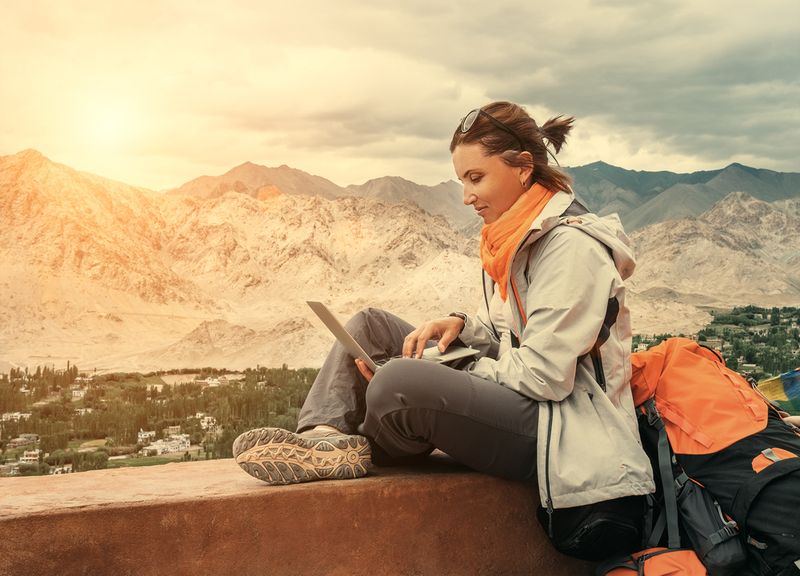
Modern technology offers solo travelers unprecedented safety tools. Smart backpackers share their itinerary with trusted contacts back home, including accommodation details and transportation plans.
Location-sharing apps like Find My Friends or WhatsApp let someone track your movements temporarily. I always schedule regular check-ins with family – even a quick text saying “all good” provides peace of mind for everyone.
Keep digital copies of important documents in cloud storage and email yourself backup copies. Consider a personal safety app with emergency features. These digital habits create a virtual safety net that’s particularly valuable when traveling alone.
5. Build Your Confidence Through Small Steps

Jumping straight into solo international travel can overwhelm even the bravest souls. Many successful female backpackers started with baby steps – weekend trips to nearby cities or joining group tours before venturing completely alone.
Try dining solo in your hometown or taking day hikes independently first. Each small victory builds the confidence needed for bigger adventures. Learning basic phrases in the local language also dramatically boosts self-assurance when navigating new places.
Confidence isn’t about fearlessness – it’s about knowing you can handle whatever comes your way. Practice makes perfect, and these smaller challenges prepare you for the inevitable unexpected moments of solo travel.
6. Connect With Female Travel Communities
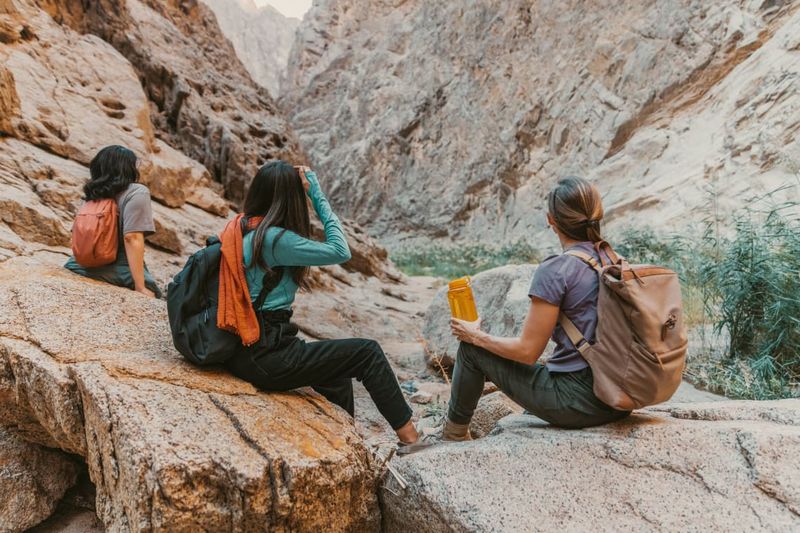
The explosion of women-focused travel groups has created incredible support networks. Facebook groups like Girls Love Travel and Wanderful connect thousands of female travelers who share real-time advice and sometimes even meet up.
These communities offer everything from safety tips for specific locations to recommendations for female-friendly accommodations. Many experienced backpackers find travel companions through these groups or arrange to meet local women who can show them around.
Don’t underestimate the power of shared wisdom! A quick post asking about your destination often yields specific, current information you won’t find in guidebooks. Plus, knowing others have successfully navigated your challenges provides tremendous reassurance.
7. Master Transportation Planning
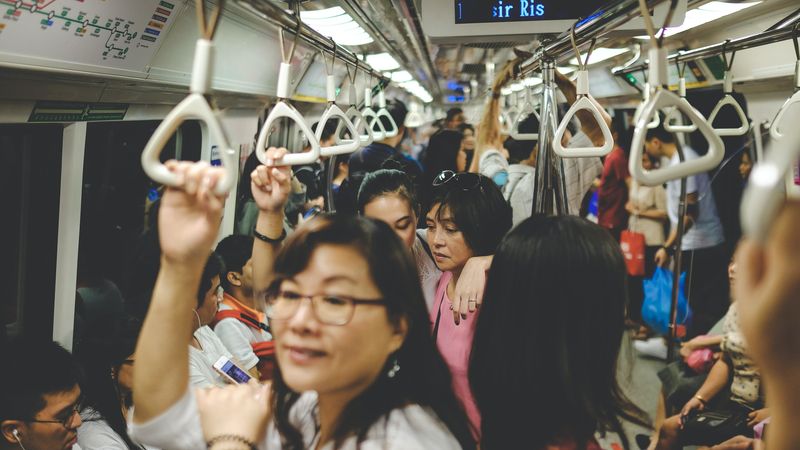
Arriving in a new place after dark significantly increases vulnerability. Seasoned female travelers plan arrivals during daylight hours whenever possible and research transportation options in advance. Pre-booking that first night’s accommodation and knowing exactly how to get there reduces stress and risk.
Screenshot maps and directions before arrival in case of connectivity issues. If night arrivals are unavoidable, arrange airport pickups through reputable hotels or transportation services. Women-only transportation options exist in many countries – from women-driven taxis to female compartments on trains.
These services provide extra peace of mind, especially in cultures where gender separation is common.
8. Embrace Solo-Friendly Accommodations

Where you stay dramatically impacts your travel experience. Female hostels, women-only floors in hotels, and female-run guesthouses have emerged worldwide to meet the growing demand from solo travelers seeking both safety and social connection.
Look for accommodations with 24-hour reception, secure entry systems, and good reviews from other solo female travelers. Many hostels organize social activities that make meeting fellow travelers natural and easy.
Home-sharing platforms now allow filtering for female hosts, which many women prefer when staying in someone’s home. The right accommodation provides not just a place to sleep but often becomes a hub for making connections and gathering local insights.
9. Develop Street Smarts
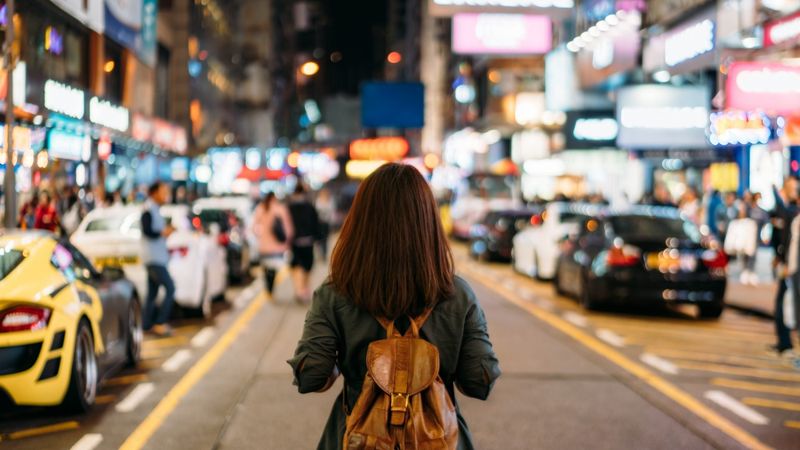
Street awareness is a skill that improves with practice. Walk confidently with purpose, even when you’re completely lost. Appearing decisive and aware of your surroundings deters those looking for easy targets. Keep valuables out of sight and distribute money in different places.
Many experienced backpackers wear a dummy wallet with expired cards and small cash for potential thieves, keeping their real valuables hidden.
Avoid displaying expensive cameras or phones unnecessarily. Observe how local women behave in public spaces and follow their lead. If you notice no women walking alone in certain areas or at certain times, take that as valuable intelligence about local safety norms.
10. Learn Basic Self-Defense

Knowledge of simple self-defense techniques builds confidence and preparedness. Many women take basic courses before extended travel, learning how to break common holds and create distance from potential threats.
Carrying non-lethal safety devices like personal alarms or whistles provides additional security without the legal complications of pepper spray or knives, which are prohibited in many countries. Even a flashlight serves dual purposes – illumination and potential self-defense tool.
The greatest benefit of self-defense training isn’t physical techniques but heightened situational awareness. Most confrontations can be avoided entirely through preventative awareness, making this skill invaluable for solo travelers of any gender.
11. Cultivate Meaningful Local Connections

The most enriching travel experiences often come through genuine interactions with locals. Female travelers frequently report more authentic cultural exchanges through connections with local women, who may welcome them into homes and traditions sometimes inaccessible to male travelers.
Apps like Meetup, Bumble BFF, and Tourlina help find local guides or friends. Community-based tourism organizations connect travelers with local families for meals or activities, ensuring your tourism dollars benefit communities directly.
Learning even basic local language phrases demonstrates respect and opens doors. These connections not only enhance safety through local knowledge but often become the most treasured memories of any journey.
12. Practice Sustainable Travel Habits
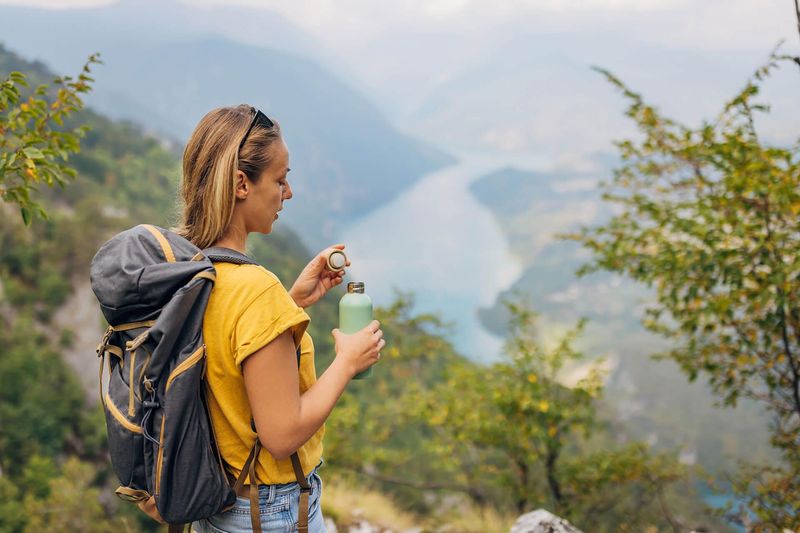
Female backpackers have been at the forefront of eco-conscious travel movements. Carrying reusable water bottles with filtration systems reduces plastic waste while saving money and preventing illness – a triple win for sustainable travelers.
Menstrual cups or period underwear eliminate the need to find and dispose of period products in places with limited waste management. These sustainable alternatives also save valuable backpack space. Many women travelers prioritize businesses with environmental practices and positive impacts on local women.
This mindful approach creates a virtuous cycle where tourism empowers rather than exploits communities, making destinations safer and more welcoming for future female travelers.
13. Perfect the Art of Dining Solo
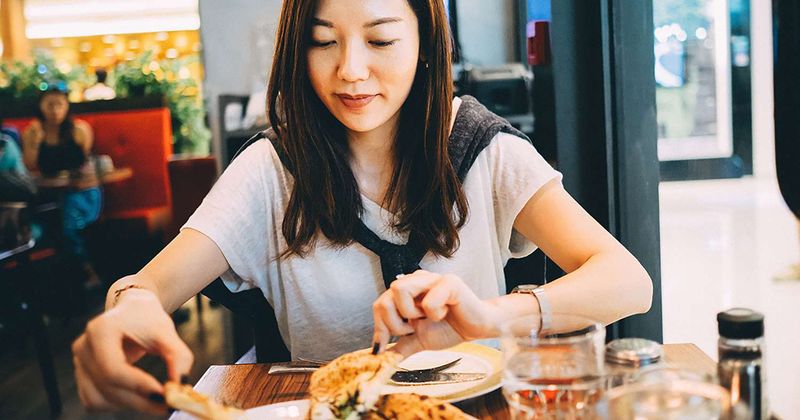
Eating alone intimidates many new solo travelers, but experienced backpackers see mealtime as an opportunity for people-watching, journaling, or meeting locals. Bringing a book or journal gives you something to focus on if you feel self-conscious.
Counter seating or communal tables at restaurants make solo dining feel more natural. Food tours and cooking classes offer structured ways to enjoy local cuisine while meeting others. Some women prefer visiting markets and creating picnics in parks or public spaces.
Morning and lunch hours often feel easier for solo dining beginners than dinner service. Remember that locals are usually far less concerned about your solo status than you imagine – that self-consciousness typically fades with practice.
14. Balance Alone Time With Social Opportunities
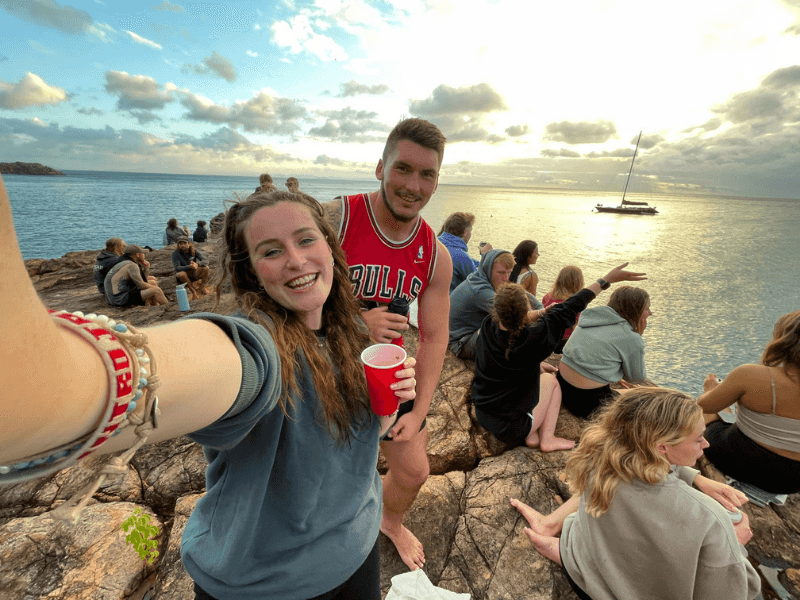
Solo travel doesn’t mean being alone 24/7. Successful female backpackers master the art of balancing solitude with social connection. Group activities like walking tours, cooking classes, or day excursions provide structured opportunities to meet others when desired.
Hostels with common areas, female dormitories, and organized events make socializing natural and safe. Many women use travel apps specifically designed for meeting other travelers or locals interested in cultural exchange.
The beauty of solo travel lies in this flexibility – you choose when to be social and when to enjoy your own company. This balance prevents loneliness while preserving the freedom that makes independent travel so rewarding.
15. Embrace Slow Travel
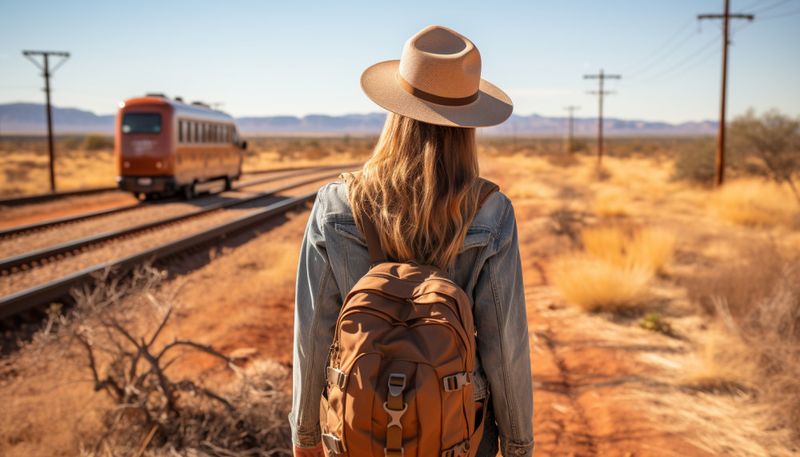
Racing between destinations leaves little room for authentic experiences. Female backpackers often pioneer the slow travel movement – spending more time in fewer places to develop deeper connections.
This approach reduces transportation costs and environmental impact while creating space for spontaneous adventures. Staying longer in one location helps you discover hidden gems beyond tourist zones and builds confidence navigating unfamiliar surroundings.
Slow travel also allows flexibility to modify plans based on local recommendations or newfound travel companions. The most memorable experiences rarely appear in guidebooks – they happen when you have time to wander, linger, and say yes to unexpected invitations.
